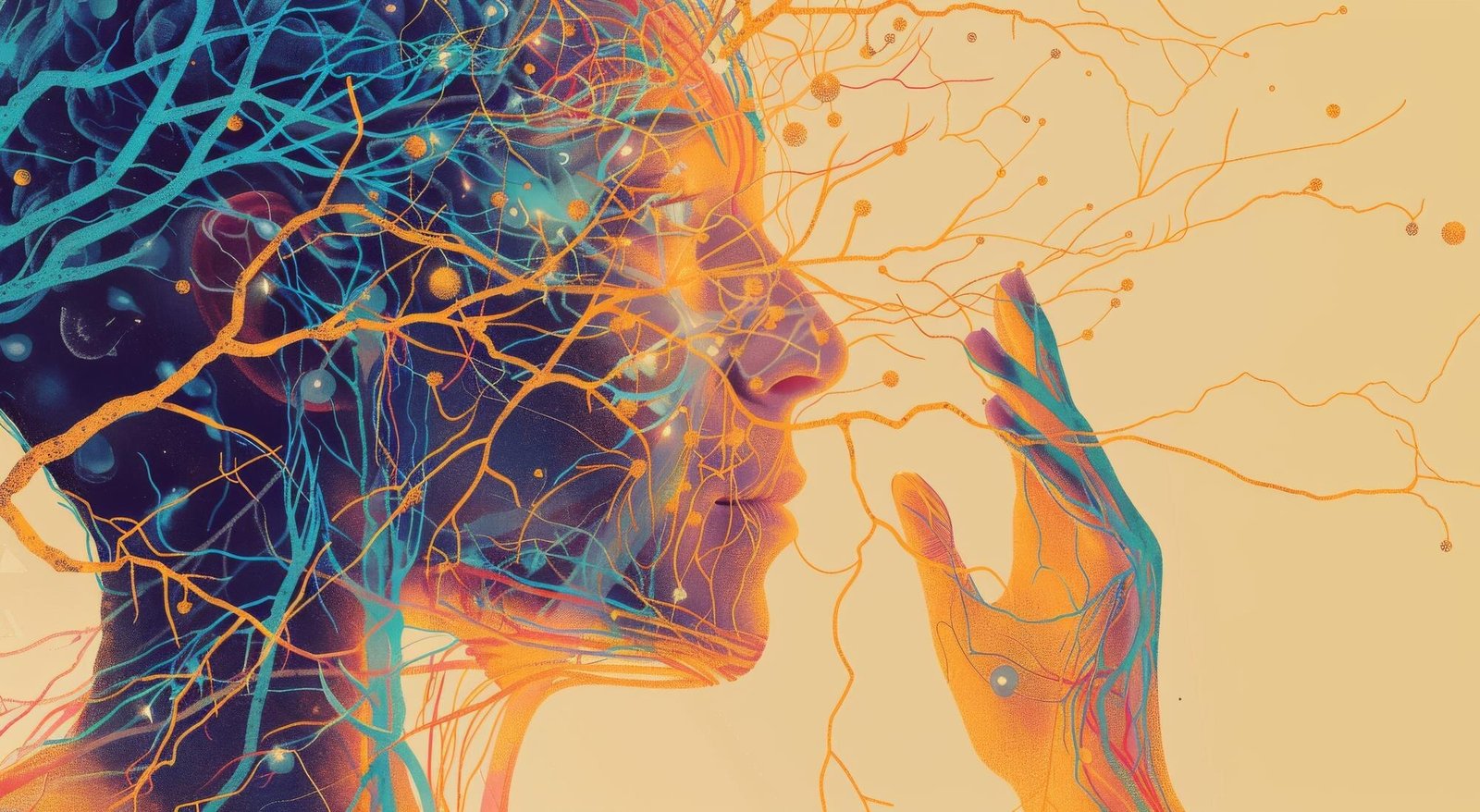
Unlocking the Mystery: How Your Brain’s Survival Instincts Fuel Compulsive Behaviors
You’re not alone. Many people find themselves trapped in compulsive behaviors, driven by a brain wired for survival. This isn’t about weakness or failure—it’s about unmet needs and emotional overwhelm. Understanding your brain’s survival mechanism can be the key to emotional liberation. Imagine freeing yourself from these cycles without shame or judgment. In this blog, you’ll discover how to turn that possibility into your reality. Ready to reclaim your life? Let’s begin. Learn more about the science behind compulsive behaviors.
Understanding Brain Survival Mechanism

To understand compulsive behaviors, it’s essential to start with the brain’s survival mechanics. Our brains have evolved to protect us, but sometimes these mechanisms can misfire, leading to compulsions.
Evolutionary Roots of Behavior
The roots of compulsive behaviors are deeply embedded in our evolutionary history. Our ancestors relied on the brain’s primitive wiring for survival. This wiring ensured they were constantly alert to potential threats. As our environment evolved, so did the complexity of our responses. Today, these responses can manifest as compulsions.
Evolution has endowed us with traits like anxiety and vigilance. While these traits once protected us from predators, they now sometimes lead us to overreact to modern stressors. Understanding this connection can provide clarity.
Real-world examples show how this ancient wiring impacts modern life. For instance, the stress response once triggered by predators can now be activated by work emails. This often results in a cycle of compulsive checking and responding.
For more on this, Stanford’s insight into ancient wiring provides valuable context.
Fight or Flight and Compulsions
The fight or flight response is a natural reaction to perceived threats. It prepares the body to either confront or flee danger, but sometimes it can lead to compulsive behaviors.
Immediate Response: The body releases adrenaline. This prepares muscles for quick action. Over time, this response can become conditioned to everyday stressors.
Adrenaline Rush: This rush can be addictive. The brain starts to seek it out, even when there is no real danger.
Behavioral Patterns: As this cycle continues, compulsive habits form. These habits become ingrained and difficult to break.
A deeper dive into this topic can be found in this video on brain responses.
Path to Emotional Liberation

Breaking free from compulsive behaviors involves more than just willpower. It requires understanding and addressing the unmet needs driving these behaviors.
Recognizing Unmet Needs
Compulsive behaviors often stem from unmet emotional needs. Identifying these needs is the first step towards liberation. Many people use compulsions as a way to fulfill these unmet needs temporarily.
Self-awareness: Recognize what triggers your behaviors. This involves reflecting on moments when compulsive behaviors arise.
Emotional Clarity: Ask yourself what you’re truly seeking. Is it comfort, distraction, or something else?
Acceptance: Understand that these needs are valid but acknowledge they require healthier fulfillment methods.
Research has shown that addressing unmet needs directly can reduce the reliance on compulsive behaviors. For more insights, explore this research.
Replacing Self-Judgment with Compassion
When dealing with compulsive behaviors, self-judgment is common. Yet, replacing judgment with compassion can be transformative.
Self-Compassion involves treating yourself with the same kindness you would offer a friend. By reframing your internal dialogue, you can foster healing.
Acknowledge: Accept that compulsive behaviors are a response to emotional pain. This is not a personal failing.
Reflect: Use positive affirmations. Phrases like “I am healing” can help shift your mindset.
Support: Surround yourself with understanding individuals who validate your experiences.
Compassionate self-talk can break the cycle of shame that often accompanies compulsions. Read more about fostering compassion in this article.
Non-Clinical Coaching Solutions

Traditional therapy may not suit everyone. Non-clinical options, like coaching, provide alternatives for individuals seeking emotional healing without labels.
VK Circle’s Unique Approach
VK Circle offers a distinct method that combines mindset coaching with the Heal Your Life® philosophy. This approach focuses on empowering clients without the stigma of a diagnosis.
Personalized Coaching: Tailored sessions address specific compulsive behaviors and the emotional triggers behind them.
Empowerment Tools: Clients receive tools to replace compulsions with healthier habits.
Holistic Development: Emphasis on building self-trust and emotional resilience.
VK Circle’s method is designed for those seeking emotional liberation in a supportive environment.
Safe Space for Healing 🌟
Creating a safe space is crucial for healing. VK Circle provides a non-judgmental environment where clients can explore their emotions without fear.
Confidentiality: Ensures privacy and encourages openness.
Supportive Community: Fosters connections with others on similar journeys.
Guided Reflection: Helps clients understand the root causes of their compulsive behaviors.
A safe space allows individuals to address their emotional needs effectively. This nurturing environment is pivotal for sustained healing.



